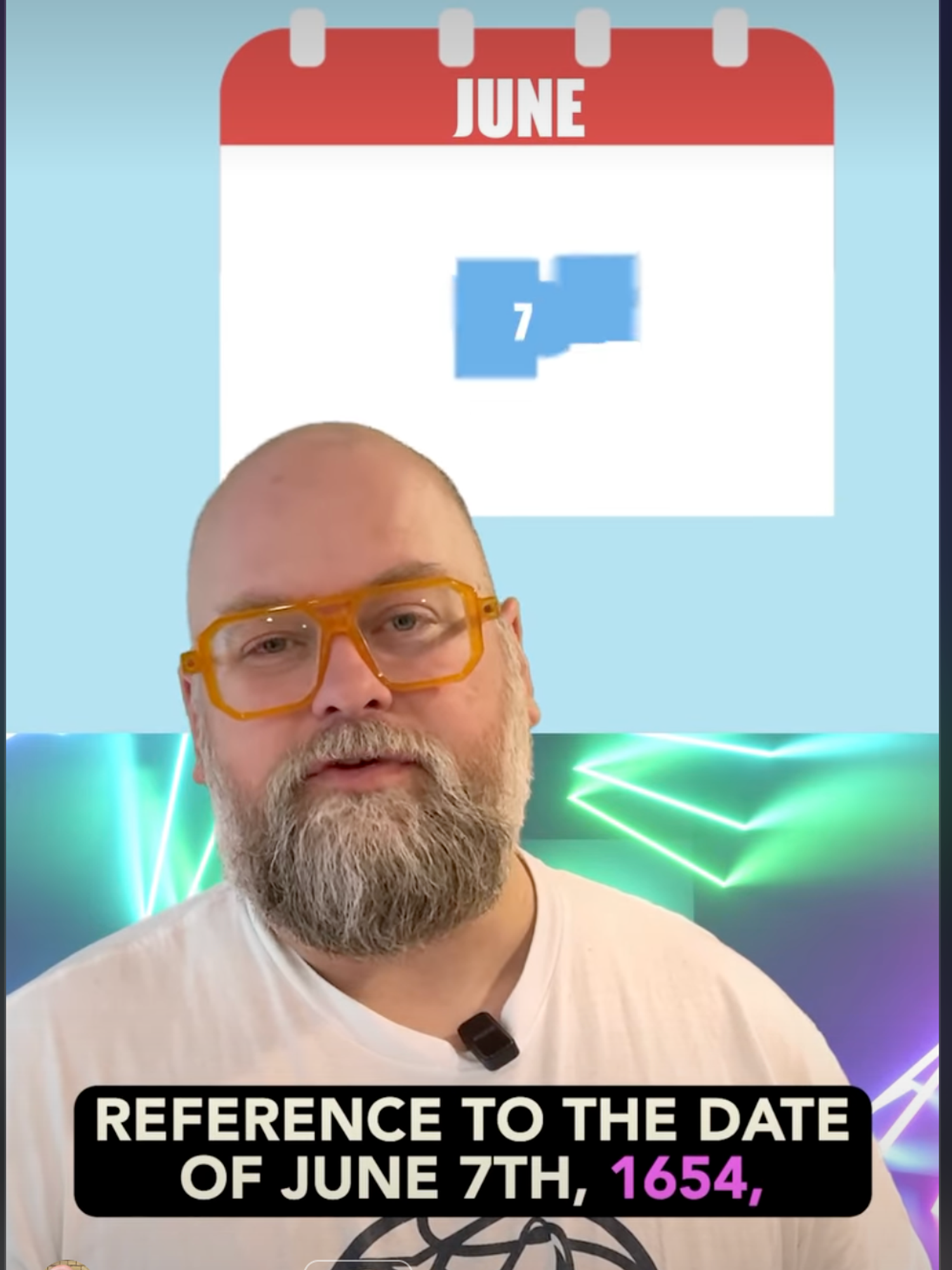4 fascinating things we already know about Area 51, and 1 thing we don't.
We don't know everything, but we know more than you might think.
It's pretty much a fact that when you try to hide something, it only makes people a lot more interested in it.
Kind of like this photo of Beyoncé:
Love you, Bey. Photo by Ezra Shaw/Getty Images.
Which Bey's publicist genuinely tried to hide from the Internet. Yet, on the Internet it remains — where people have photoshopped it into pretty hilarious memes.
Of course, there's pretty much nothing more hidden behind layers of mystery and intrigue than Area 51.
Located in Southern Nevada, the 60-square-mile Air Force facility is one of the most secret and conspiracy-riddled locations on Earth.
Photo from Simon Johansson/Wikimedia Commons.
Presidential candidate Hillary Clinton recently brought Area 51 back into the spotlight when she jokingly promised to "get to the bottom" of the various UFO conspiracies surrounding it if elected. Jokes aside, that statement made Clinton one of the few public officials to officially acknowledge the base, jokingly or otherwise, in recent years.
In fact, when President Obama made a joke about Area 51 at the Kennedy Center Honors in 2013, he became the first president to publicly mention it. Ever! Despite the base being around since (roughly) the 1940s. Before that, information on Area 51 was either ignored or redacted.
What many people don't realize, however, is that thanks to the Freedom of Information Act, over the past few years, not only has Area 51 been officially recognized by the United States government, but a lot of information about it has already been revealed.
Without further ado...
1. We do actually know what Area 51 looks like.
That may seem obvious, but information on Area 51, historically, has been so sparse that photos of it have only recently been seen by the public.
Satellite imagery of the base was routinely deleted from government databases. In 1973, astronauts aboard Skylab 4 inadvertently photographed Area 51 and immediately had their pictures censored by the CIA.
Now, in the technologically advanced world of 2016, you can hop on Google Maps and look at Area 51 all you want.
It looks like this:
Photo from NASA/Wikimedia Commons.
See? No aliens.
It's just a bunch of runways and aircraft hangars. I know what you're thinking: "THE ALIENS ARE IN THE HANGARS, DUMMY!"
First of all, stop yelling.
Second of all, yes, I'll admit it'd be cool to see inside those hangars. But ... even if you did, all you'd probably see are a couple classified airplanes and helicopters alongside some government R&D contractors.
Why do I think that? Because...
2. We built the U-2 spy plane there.
Thanks to recently declassified data, we now know that the U-2 spy plane was largely developed and built at Area 51 in the 1950s.
The U-2 spy plane was, of course, built to help our nation more effectively spy on Irish rock band U2.
We're watching you guys. Always. Photo by Thomas Samson/AFP/Getty Images
OK not really.
The U-2 spy plane was an early reconnaissance craft used by the CIA to gather high-altitude data during the Cold War. The U.S. still uses U-2s, though they've been upgraded significantly over the years.
A U-2 spy plane in 1997. Photo by U.S. Air Force/Wikimedia Commons.
The current U-2, named the "U-2S" was used in Iraq and Afghanistan. The "S" at the end of its name also reveals that the CIA apparently gets its upgrade nomenclature from Apple's iPhone. Or maybe it's the other way around? Add that to the conspiracy list.
3. Area 51 is actually where we flew some of the first drones.
Unmanned drones are now ubiquitous in both war zones and the backyards of GoPro hobbyists. But before you could buy one at RadioShack to spy on your neighbors, they were researched, developed, and flown at Area 51 in the early 1960s.
That's right! Drones are as old as nondairy creamer (which is similar to Area 51 itself, in that you really shouldn't ask too many questions about what's in it).
The first drone was called the Lockheed D-21 and had to be launched on the back of another aircraft:
The D-21 mounted on an M-21 launch jet. Photo by U.S. Air Force/Wikimedia Commons.
Like a baby koala! Only deadlier.
Several test launches were necessary to get the drone program off the ground (literally), and recently declassified data reveals that a lot of those early test flights occurred at Area 51.
4. We kept a lot of our stolen stuff at Area 51.
If you steal something from someone, you have to hide it somewhere. Like a shoebox under your bed.
Area 51 was, and probably remains, America's shoebox.
When foreign technology is captured during war time, it's a good idea to hold onto it. That way, you can examine it and figure out its weaknesses or use it to improve your own technology.
When Soviet MiG planes were captured during the Cold War, we took them to Area 51 to check them out. We also used Area 51 to examine and exploit foreign radar systems.
A soviet MiG-17 airplane. Photo from U.S. Navy/Wikimedia Commons.
These are tactical moves that necessitate secrecy. You don't want your enemies finding out you have their stuff, let alone that you're thoroughly investigating it for weaknesses and loopholes.
Of course, the Russians were doing the same thing to us. It was the Cold War after all.
The nature of Area 51 as America's shoebox of stolen and hidden foreign aircraft is the one fact that does feed into the alien conspiracies more than the other things we know about it. If a UFO really did crash in Roswell, Area 51 is probably where the government would take it.
Although, if they really didn't want anyone to see it, they would've hidden it at a James Franco art show. No one goes to those.
So, yeah, we actually do know a lot about Area 51's history.
As time goes on, more and more information will probably be revealed, declassified, and demystified. If there was a giant alien cover-up in 1947, it won't stay hidden forever. Although, if one day all the information about Area 51 was suddenly released at once, my guess is the reaction would be a unanimous, "Oh, they just built planes there mostly."
That being said, there is one important thing we still don't know about Area 51.
Which brings me to...
5. OK, conspiracy theorists. You win this one. We don't actually know what's going on at Area 51 right now.
What's happening at the base right now in 2016 remains a mystery covered by the highest level of government clearance, which means Area 51 is essentially a huge black hole of American military spending and government secrecy.
America spends more on its military than the next seven countries combined. So you can be sure that the government is probably still developing a lot of stuff at Area 51. Stuff that "we, the people" might not know about until it's already being used in a military conflict or is declassified decades later.
A U.S. Blackhawk Helicopter. Largely believed to have been developed at Area 51. Photo by Ted Aljibe/AFP/Getty Images
Some have alleged that the Blackhawk helicopters used in the Osama Bin Laden raid were developed there.
That's good.
Others have asserted that Area 51 was used to dump illegal and extremely dangerous amounts of chemical waste. Which may have led to the death of workers there.
That's not good.
For now, both theories are surrounded in, and in turn protected by, the overwhelming secrecy afforded to the mysterious base in Groom Lake, Nevada.
Though I certainly wish that we lived in a world that didn't necessitate government secrets, the fact is ... we don't. So we're just going to have to wait until all the goings on at Area 51 are slowly-but-surely declassified.
Until then though, ease off the alien stuff.
Unless ... wait a minute ...
WHAT IF THEY'RE BEING KEPT UNDER THE BASE?!




 An upset woman sits in her car.via
An upset woman sits in her car.via  An upset man grabs his head.via
An upset man grabs his head.via  A stressed-out woman.via
A stressed-out woman.via 
 Meatloaf was a staple dinner.
Meatloaf was a staple dinner. Spaghetti is still a classic.
Spaghetti is still a classic. Why were pork chops so popular?
Why were pork chops so popular?
 David Bowie on swing in red suit
David Bowie on swing in red suit David Bowie album cover
David Bowie album cover Prince
Prince
 We really wish this were true. via @bryaninmsp/
We really wish this were true. via @bryaninmsp/